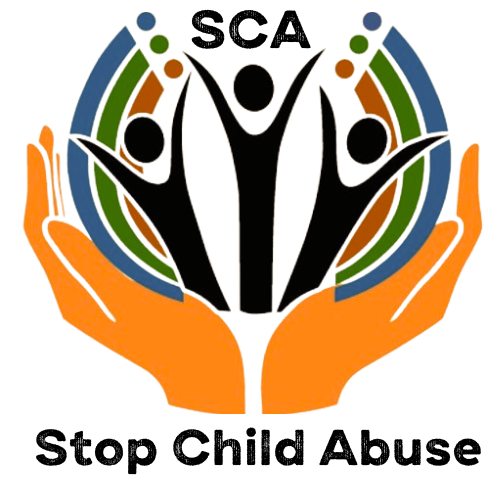Gender Justice and Equality Program

Stop Child Abuse (SCA) Gender Justice and Equality Program
Background:
The Stop Child Abuse (SCA) organization’s initiative to conduct educational sessions on Gender Justice and Equality in refugee camps like Kakuma is a crucial step towards creating awareness and fostering a more equitable society. Such programs are especially important in refugee settings, where traditional gender roles and power dynamics may be exacerbated by displacement and trauma.
Program Overview:
The educational session conducted by Gender Champions for adolescent girls and boys aims to address critical issues related to gender justice, equality, and the prevention of Gender-Based Violence (GBV). By targeting young people, the program seeks to instill values of fairness and respect early on, potentially breaking cycles of violence and discrimination.
Key Components of the Program:
1. Understanding Gender Justice:
– Definition and importance of gender justice
– Historical context and evolution of gender roles
– Intersectionality and its impact on gender experiences
2. Equality vs. Equity:
– Differentiating between equality and equity
– Practical examples of how equity leads to true equality
– Discussing barriers to equality in various social contexts
3. Forms of Gender-Based Violence:
– Identifying different types of GBV (physical, emotional, sexual, economic)
– Understanding the root causes of GBV
– Dispelling myths and misconceptions about GBV
4. Reporting Mechanisms for GBV:
– Overview of available reporting channels in the camp
– Confidentiality and safety considerations when reporting
– Role of community leaders, NGOs, and law enforcement in addressing GBV
5. Bystander Intervention:
– Importance of speaking up against gender-based discrimination and violence
– Safe and effective ways to intervene or seek help
– Building a culture of accountability and support
6. Promoting Fairness in Daily Life:
– Recognizing and challenging gender stereotypes
– Encouraging equal participation in education, household duties, and community activities
– Fostering respectful communication between genders
Implementation Strategies:
7. Interactive Learning:
The program employs participatory methods to engage adolescents actively. This may include:
– Role-playing exercises to practise intervention scenarios
– Group discussions to share personal experiences and perspectives
– Case studies analysis to apply learned concepts to real-life situations
7. Peer-to-Peer Education:
Gender Champions, who are likely respected members of the community, serve as facilitators. This peer-led approach can increase the program’s credibility and relevance to participants.
8. Cultural Sensitivity:
The program is tailored to respect cultural norms while challenging harmful practices. Facilitators are trained to navigate sensitive topics with care and respect for diverse backgrounds.
9. Age-Appropriate Content:
Materials and discussions are adapted to suit the cognitive and emotional development of adolescents, ensuring that complex topics are presented in an understandable manner.
10. Continuous Engagement:
Follow-up sessions or activities are planned to reinforce learning and provide ongoing support to participants.
Expected Outcomes:
1. Increased Awareness:
Participants gain a deeper understanding of gender justice concepts and the various forms of GBV.
2. Improved Reporting:
Adolescents become familiar with reporting mechanisms, potentially leading to increased reporting of GBV cases.
3. Attitude Change:
The program aims to shift attitudes towards more equitable gender norms and relationships.
4. Skill Development:
Participants develop skills in communication, conflict resolution, and bystander intervention.
5. Community Impact:
As participants share their knowledge with peers and family members, the program’s impact can extend beyond the initial group of 50 adolescents.
Challenges and Considerations:
1. Limited Resources:
Refugee camp settings often face resource constraints, which may affect the program’s reach and sustainability.
2. Cultural Resistance:
Some community members may resist changes to traditional gender roles, necessitating sensitive and gradual approaches.
3. Trauma-Informed Approach:
Given the potential for trauma among refugee populations, facilitators must be trained to handle disclosures and provide appropriate support or referrals.
4. Monitoring and Evaluation:
Developing effective methods to measure the program’s long-term impact can be challenging but is crucial for improvement and securing ongoing support.
Conclusion:
The SCA Gender Justice and Equality Program represents a significant step towards creating a more equitable and safe environment for adolescents in refugee camps.
By addressing root causes of gender-based discrimination and violence, and equipping young people with knowledge and skills, the program has the potential to contribute to lasting social change. Continuous adaptation, community involvement, and long-term commitment will be key to the program’s success and sustainability.



0 Comments